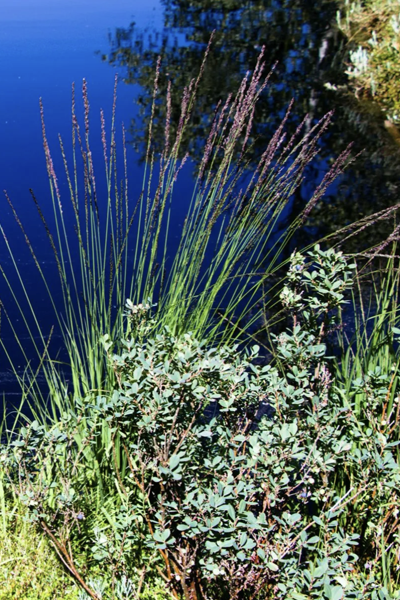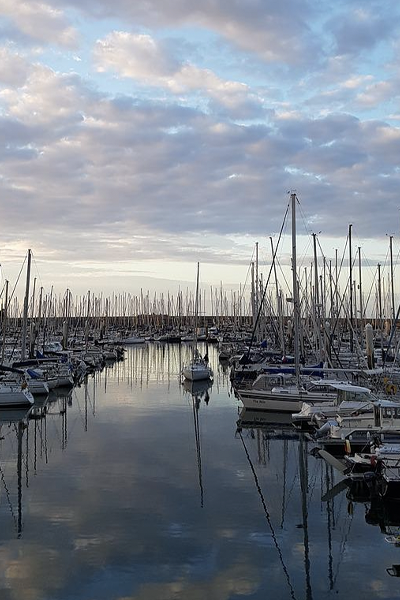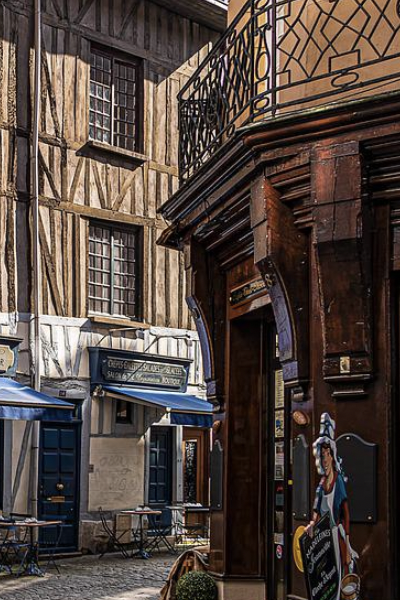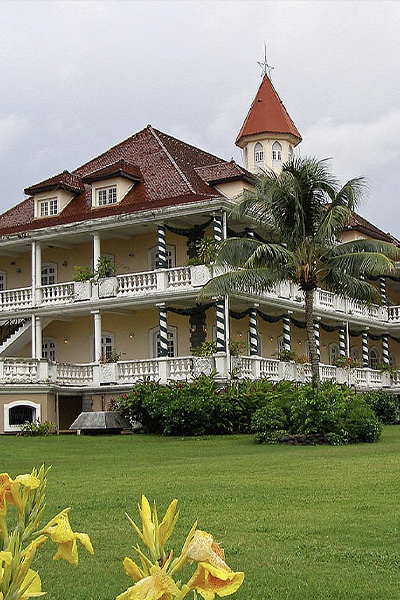
This station, situated in the commune of Villars en Dordogne is exposed to a frankly temperate oceanic climate. The summers are hot, but not systematically dry, the winters being mild and humid. The mean annual temperature during the period 1971-2000 was 12.2 °C, temperatures rising during the subsequent decades. The mean annual rainfall, around 950 mm, varies widely from one year to another..



A long isotopic series in a temperate oceanic and karstic context
The Villars station was established in 1996 to compare the isotopic signals of rainwater and subterranean water issuing from the stalactites in the cave located just below the station. A dual follow-up of the isotopic signals of rainfall and subterranean water at different depths has been implemented ever since that date. By comparing the two signals, the mean times of infiltration between the outer surface and the interior of the cave at depths of 12 m and 25 m could be estimated. Whereas rainfall is characterised by substantial seasonal variations, subterranean waters, at a few metres below the surface, have remained extremely stable over several years or even decades. We have also been able to relate rainfall isotopic variations between different seasons and different years to isotopic variations in water sources, using retro-trajectory models, demonstrating the non-negligible influence of this factor on isotopic composition.

Presentation of the Villars station
The Villars station has been collecting monthly samples of precipitation since 2019. During the period 1996-2019, samples were collected every 1-3 months.
Currently there is a meteorological station on site (see photo) as well as a reference meteorological station located in Saint Martin-de-Fressengeas.
Latitude
Longitude
Altitude



































